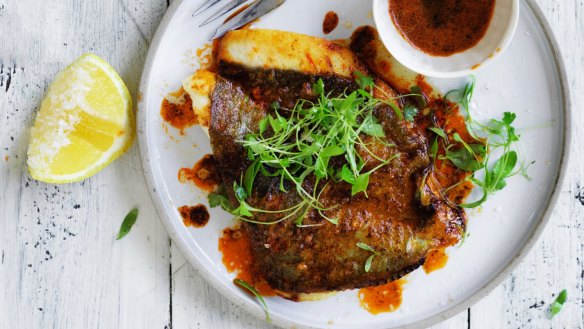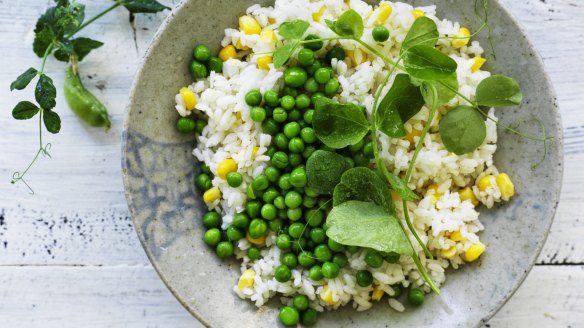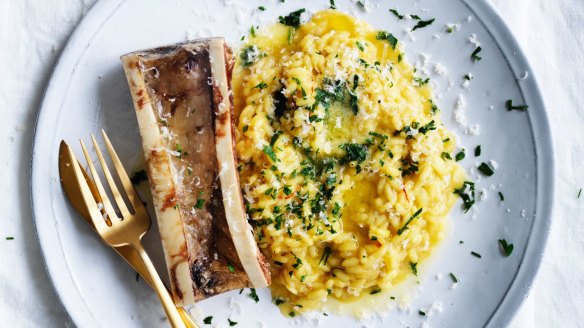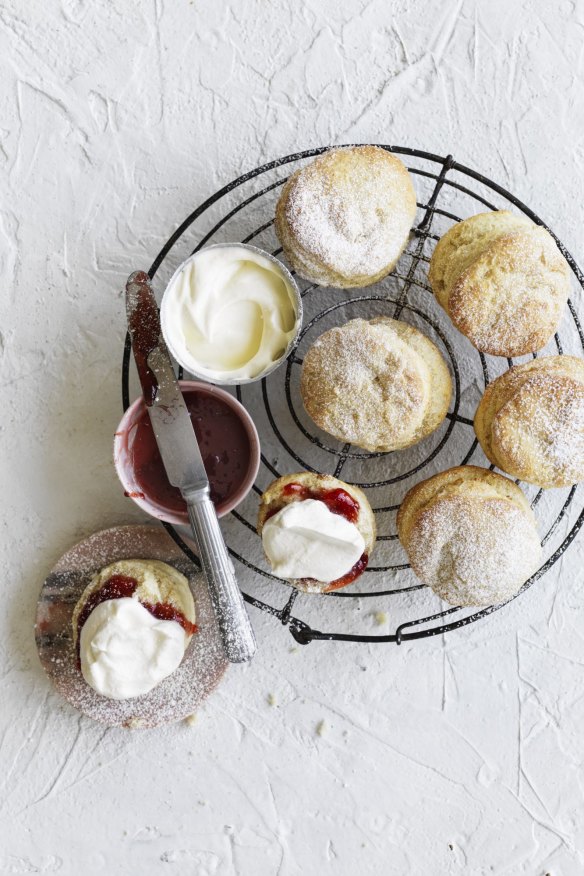Adam Liaw's tips for cracking those dishes you just can't get right – part 1

When I started to write this column, I put a call out on Twitter for common dishes that people struggle to master.
The response was overwhelming. So much so that I've had to turn this into two separate columns, one this week and one next, on how to master some of those simple dishes that just never seem to turn out right.
Related Article
Fish
Part of the difficulty with cooking fish is that different fish will result in very different textures, so if you're struggling perhaps start with one or two types of fish that suit your tastes, and then get those right first. Fillets are best cooked skin-on. It protects the flesh and holds everything together. If you don't like the skin you can easily peel it off later.
When pan-frying fish, the main area people go wrong is not getting the pan hot enough. Get your pan searing hot, add a decent coating of oil, then season the fish and add it skin-down. Press it down firmly with a spatula or weight for about 30 seconds to stop it curling, and then reduce the heat. Cook it for most of the time on the skin, and then flip it over to just sear the other side.
If pan-frying isn't your thing, try steaming. About 10-12 minutes for fillets, or 15-18 minutes for thin whole fish such as baby snapper. If steaming doesn't suit either, baking is probably the easiest way to cook fish. Put fillets skin-down on baking paper and roast for about 8-10 minutes.

Rice
One problem with cooking rice is that many English-speakers in Australia have historically followed cookbooks and methods from the UK, where basmati rice is more popular than Australia's preferred variety, jasmine. Basmati cooks very differently to jasmine rice and the goal is drier, separated grains as opposed to jasmine, which should have separate grains that still stick together so that they can be picked up with chopsticks.
As a result, many of the steps that work with basmati rice – rinsing in a colander, boiling and draining like pasta, fluffing with a fork – have been wrongly applied to jasmine rice.
Cooking jasmine rice is very forgiving. Put two or more cups of rice into a saucepan around 20cm in diameter. Rinse it a couple of times with water, then add fresh water to the rice to a level about 2cm above the rice. Place it over medium heat and bring to a boil, continue boiling until the rice expands to reach the top of the water, then reduce the heat to very low and cover with a lid. Cook for 12 minutes, then turn off the heat and stand for five minutes. With a spatula, aerate the cooked rice with a cutting motion (similar to folding a cake batter) and you have perfectly cooked rice.

Risotto
There has hardly been a dish more misrepresented in Australia than risotto. It hit the big time in the 1990s and we fell in love with a young Jamie Oliver's labour-of-love preparation of adding ladles full of hot stock and stirring constantly for half an hour. Then MasterChef came along and gave it a reputation as a "death dish" creating a myth that it's a difficult thing to cook.
Two things stand out about this: On MasterChef the dishes are usually judged while cold and it's impossible to make a good cold risotto; and while stirring is important you absolutely DO NOT need to stir it the whole time it's cooking.
I add the stock to risotto in two or three lots, and stir very occasionally while the rice cooks to al dente. The important stirring comes at the end, when fat from butter or cheese is emulsified into the starchy risotto in a process known as mantecare. Beat in your butter or cheese with a wooden spoon, then let the risotto stand covered for a few minutes before serving. Voila! Perfect risotto.
Scones

Hockey-puck scones, sunken sponges and chewy pancakes all result from over-working the dough or batter. Working dough develops gluten, which is the protein that makes bread strong and elastic. For scones, sponge cakes and pancakes you want the exact opposite.
Mix scone dough only until it barely comes together. It doesn't need to be kneaded, but if you do, make sure it's just a couple of presses. If cutting round scones, push the cutter straight down instead of twisting it and your scones will pop straight up.
Pancakes
Pancake batter for thick pancakes is best made the night before as it gives the gluten time to relax and results in fluffier pancakes.
Sponge cakes
Sponge cakes are a little trickier as they involve mixing flour into an egg foam where the air bubbles in the foam give the sponge its rise. You need to be complete, but fast, and not so rough as to develop the gluten. Good folding technique is important – cutting with the edge of a spatula or metal spoon and folding over – as is having your tins lined and oven ready to go. Letting the batter sit while you line tins or heat an oven will degrade the egg foam and you'll lose your rise.
- Adam Liaw's cheat's Victoria sponge (with condensed milk)
- Classic sponge cake with passionfruit icing
Poached eggs
The bane of brunching home cooks everywhere, poached eggs are actually much easier than they're made out to be. At their most basic you simply crack a fresh egg into some simmering water. The oft-mentioned dash of vinegar makes little difference to the result.
The big disconnect is that most people's idea of poached eggs is often different from what they end up with. This is because the many variations in method really only change the shape of the final egg. A wide frying pan of water will produce a flatter puck of an egg, while a deep saucepan stirred into a gentle whirlpool will wrap the yolk with the white (this is what I do).
So why don't your poached eggs look exactly like the Instagramable ones in cafes? Cafe poached eggs have two main differences to the ones you do at home.
First, they go through lots of eggs so their eggs are usually very fresh (this is the most important thing for poached eggs), and second they're a cafe so they use a big, tall pot to make lots of eggs. The egg falls down through the water for longer giving it that teardrop shape. The difference is literally just the shape of your pot.
One important step that many people miss, however, is draining the eggs on a tea towel before serving. Poached eggs hold a lot of water so the draining step is needed to avoid watery, tasteless eggs.
Come back next week for volume 2!
Appears in these collections
The best recipes from Australia's leading chefs straight to your inbox.
Sign upMore:

